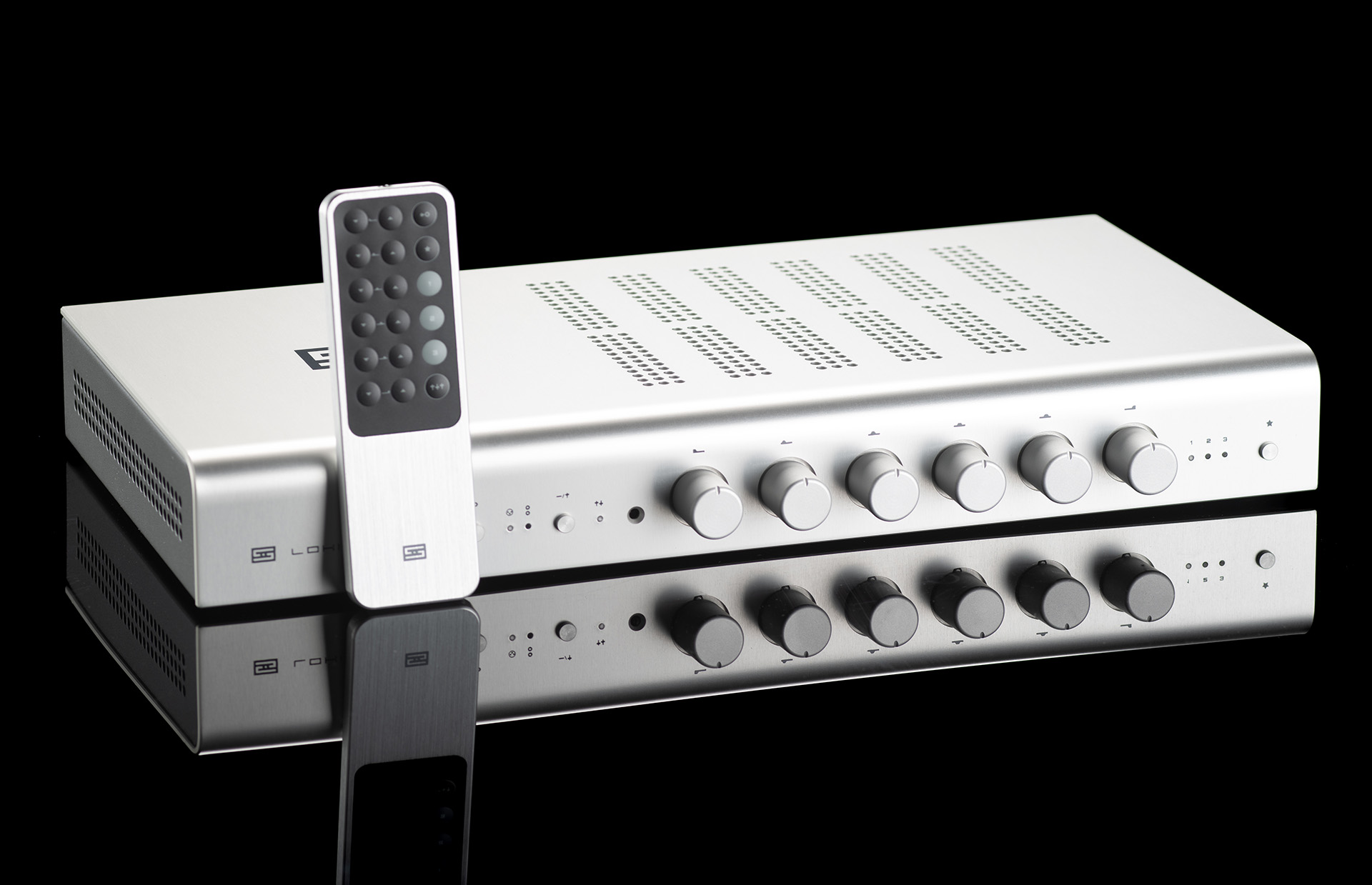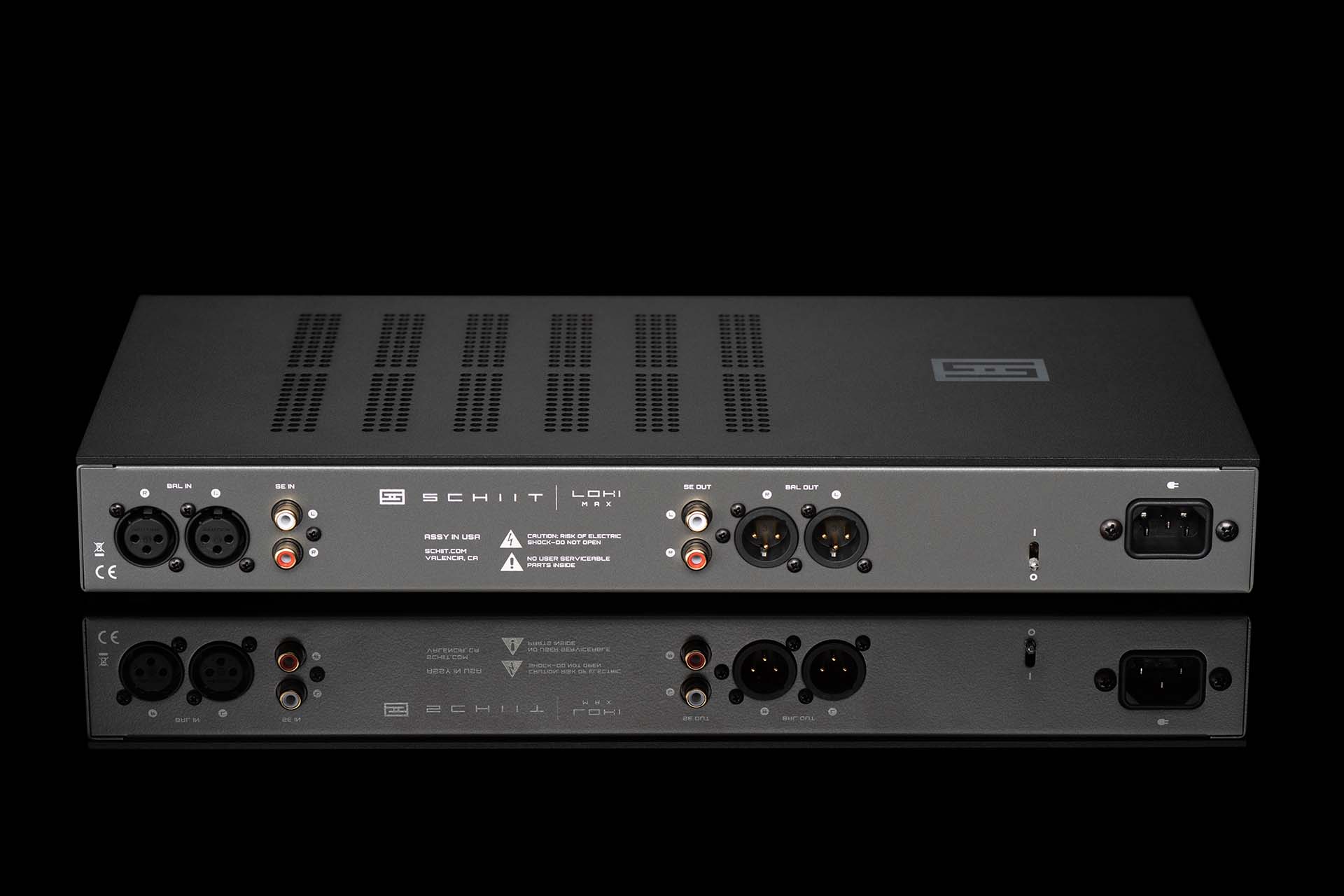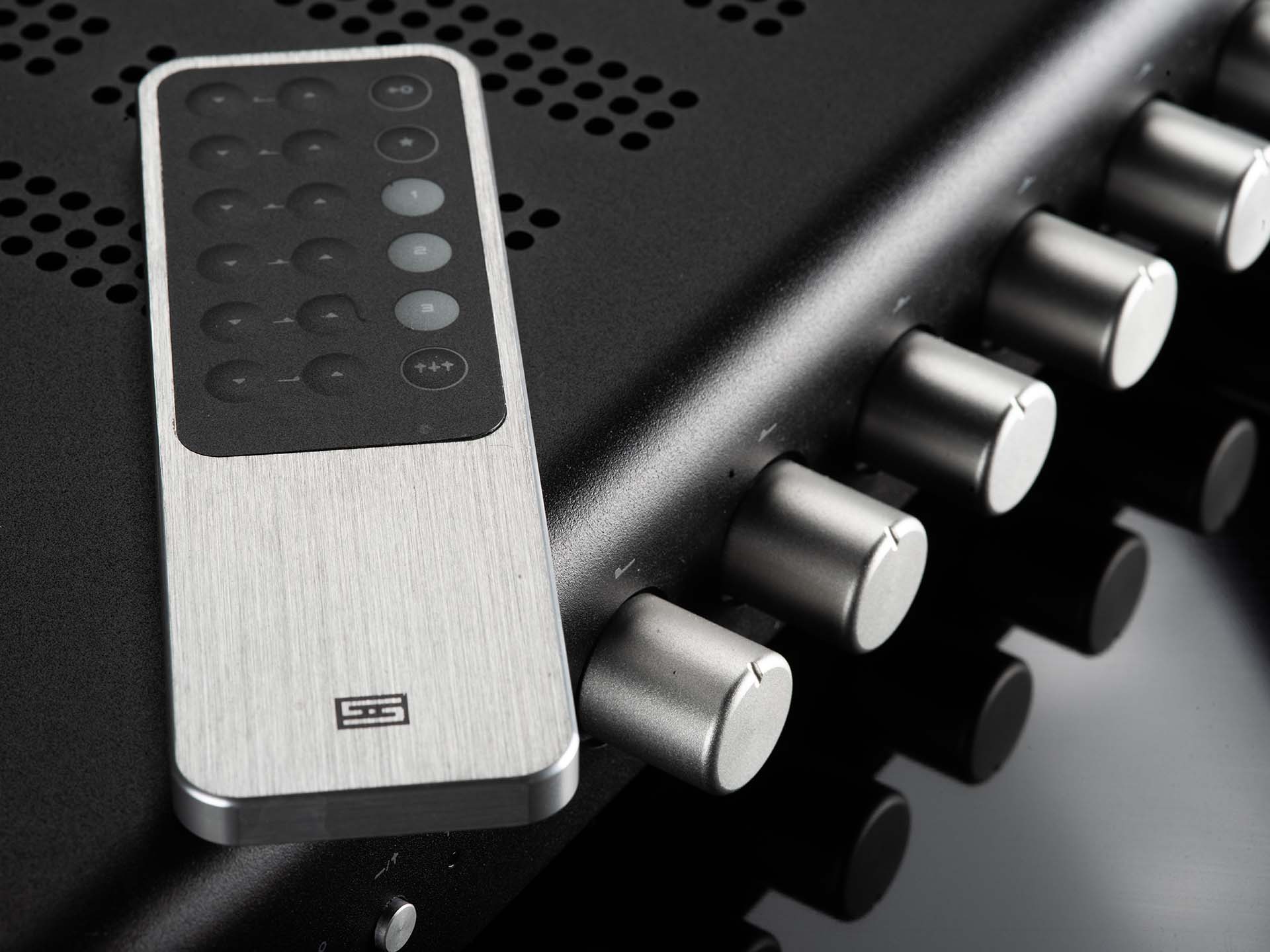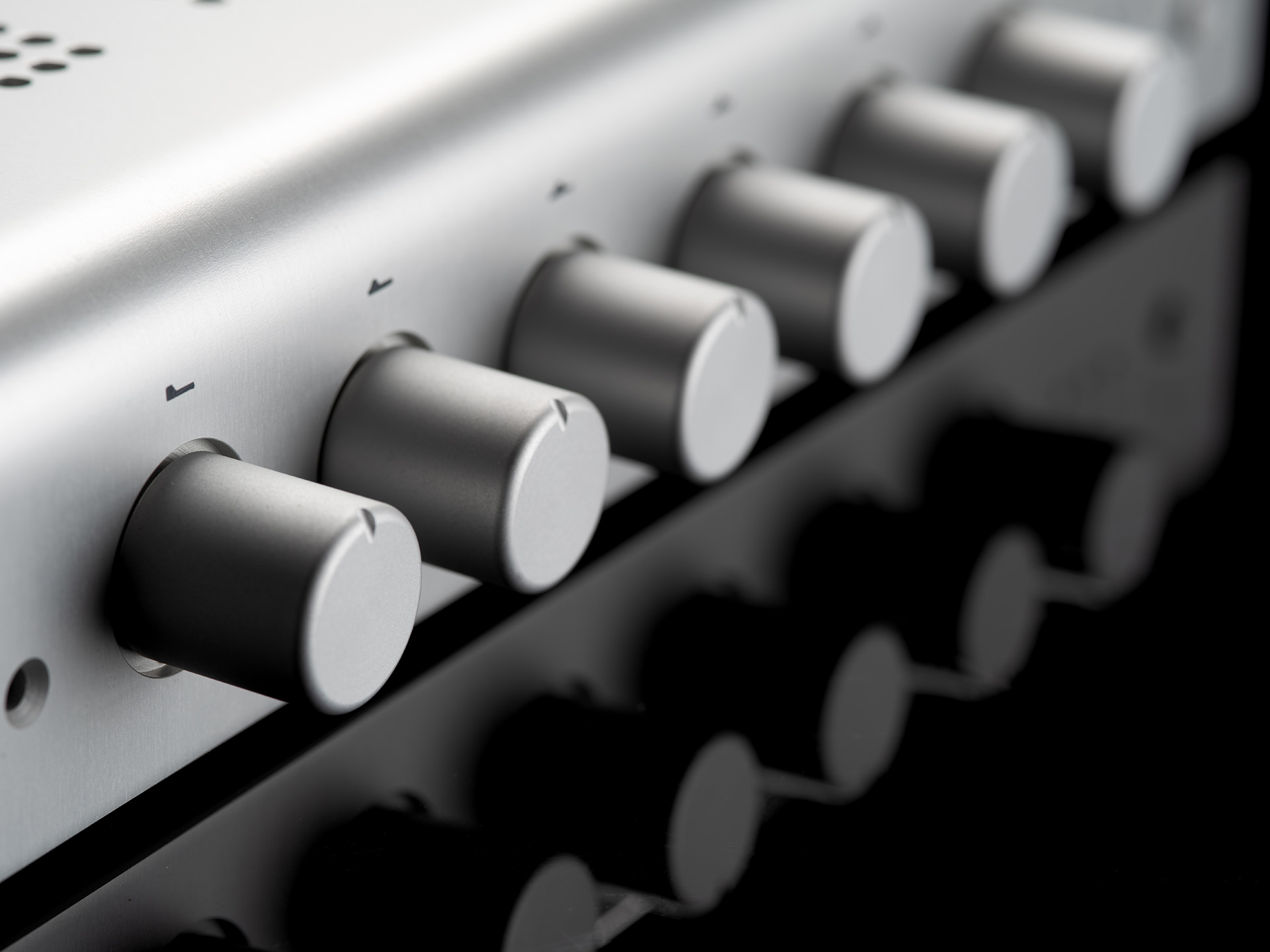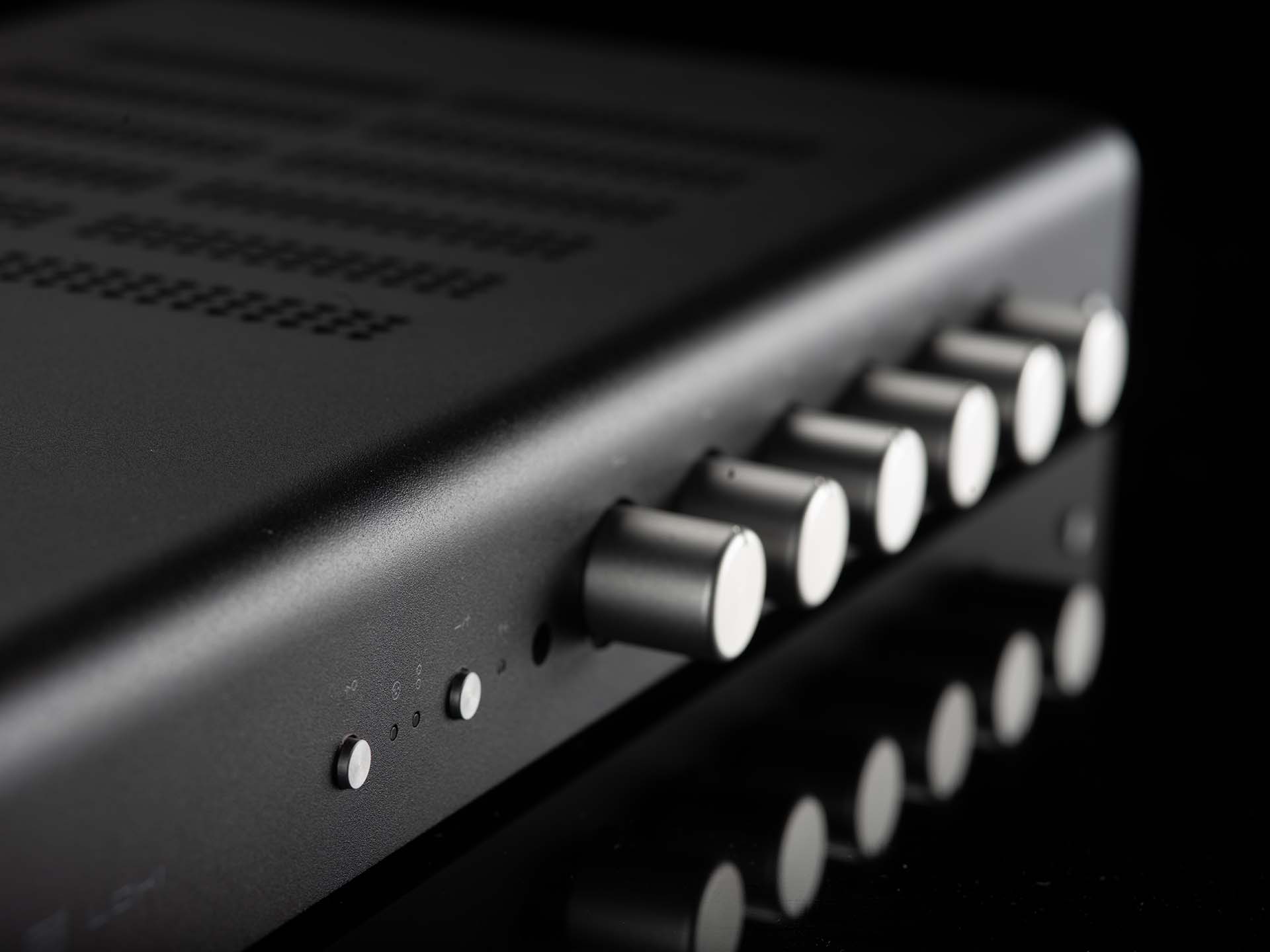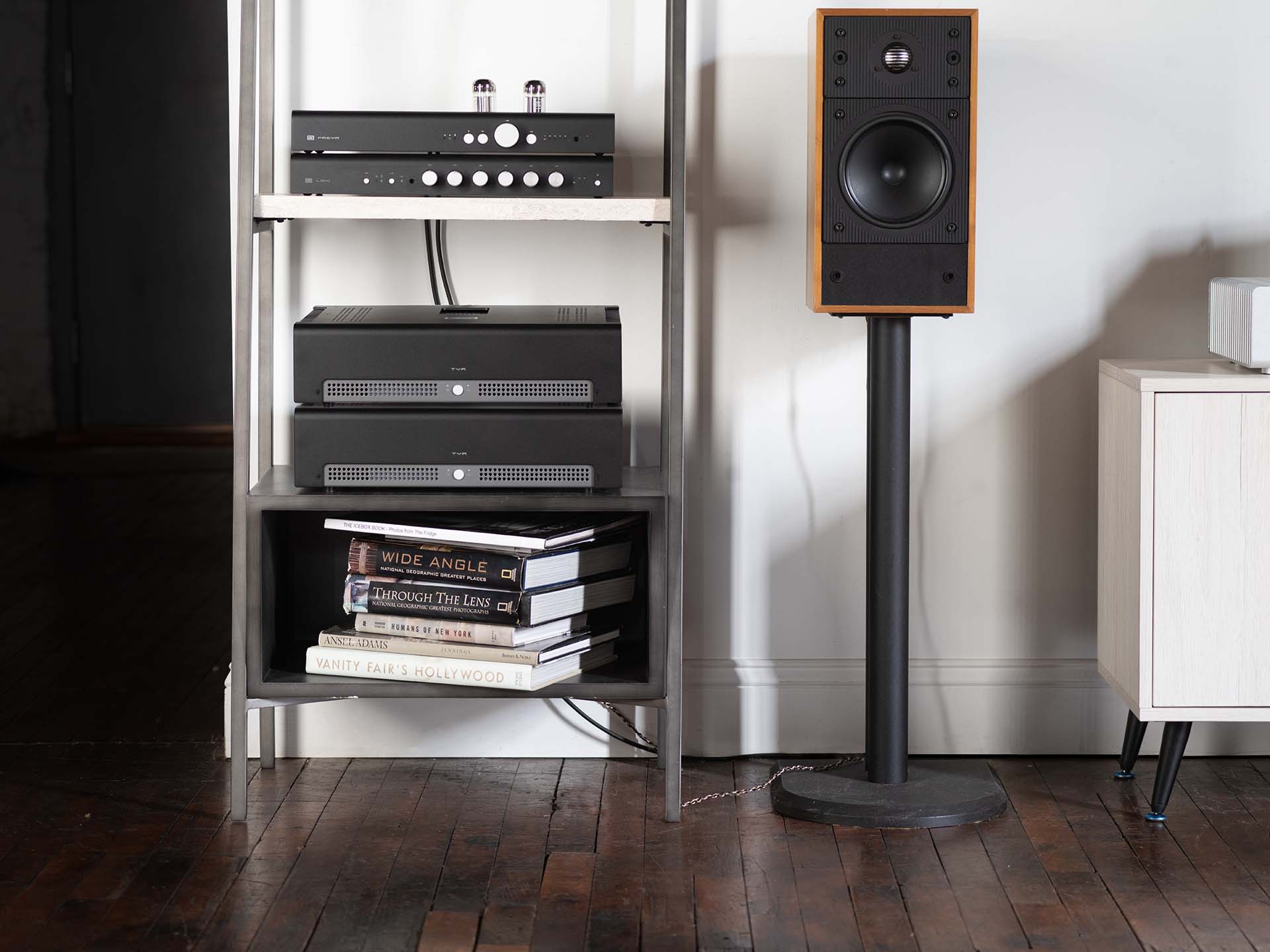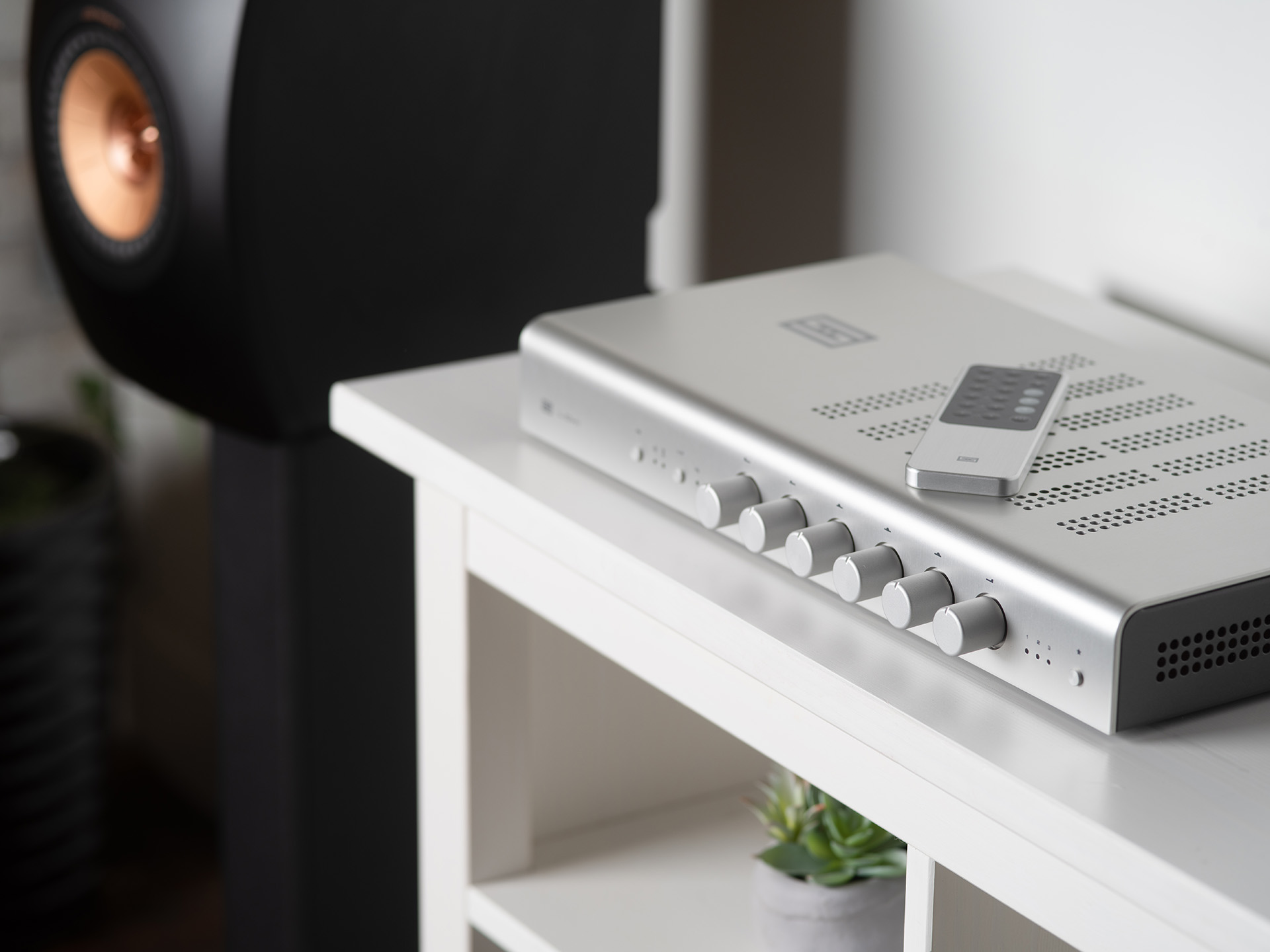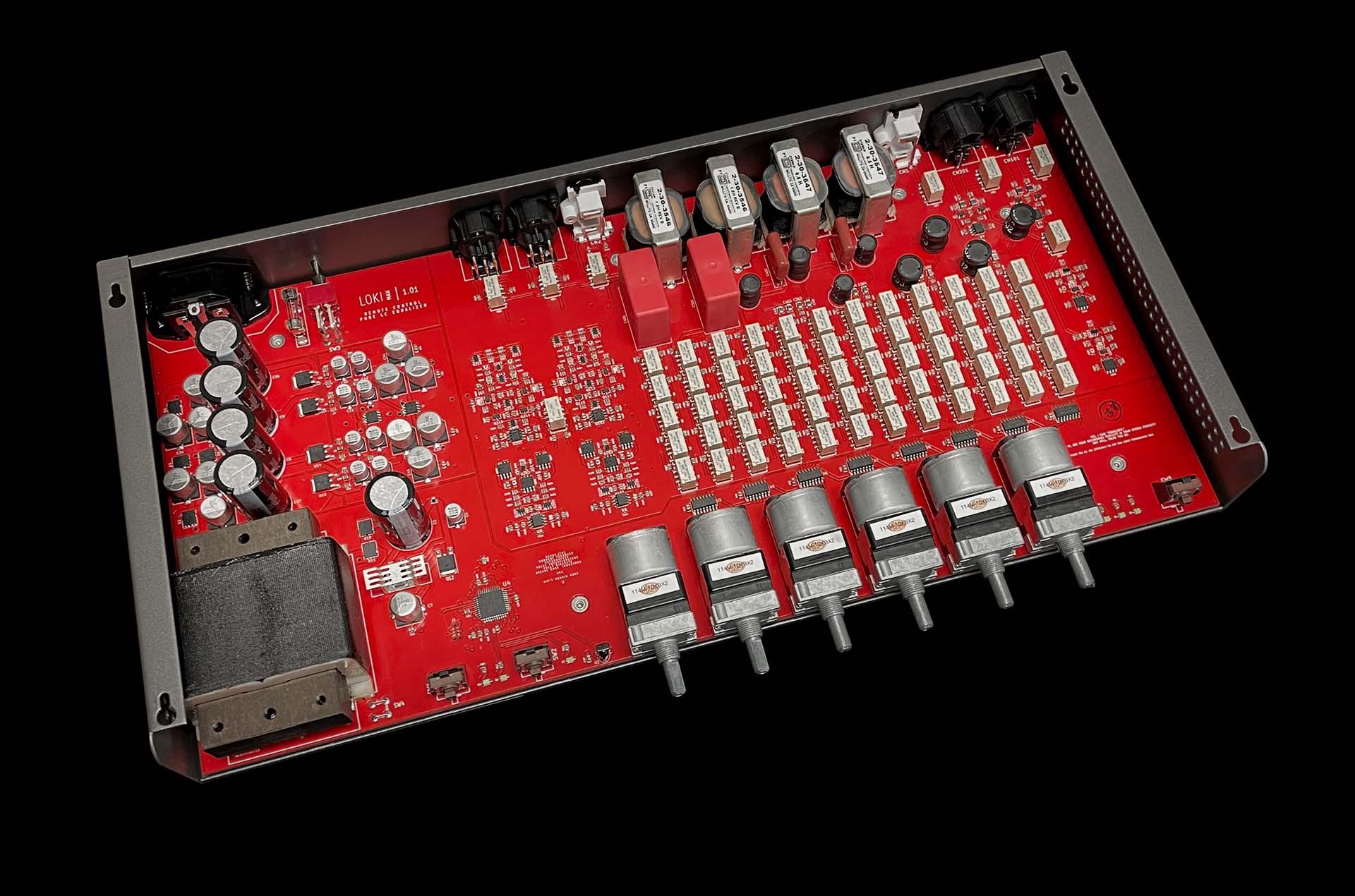Frequency Response: 20Hz-20Khz, -0.1db, 2Hz-1MHz, -3dB
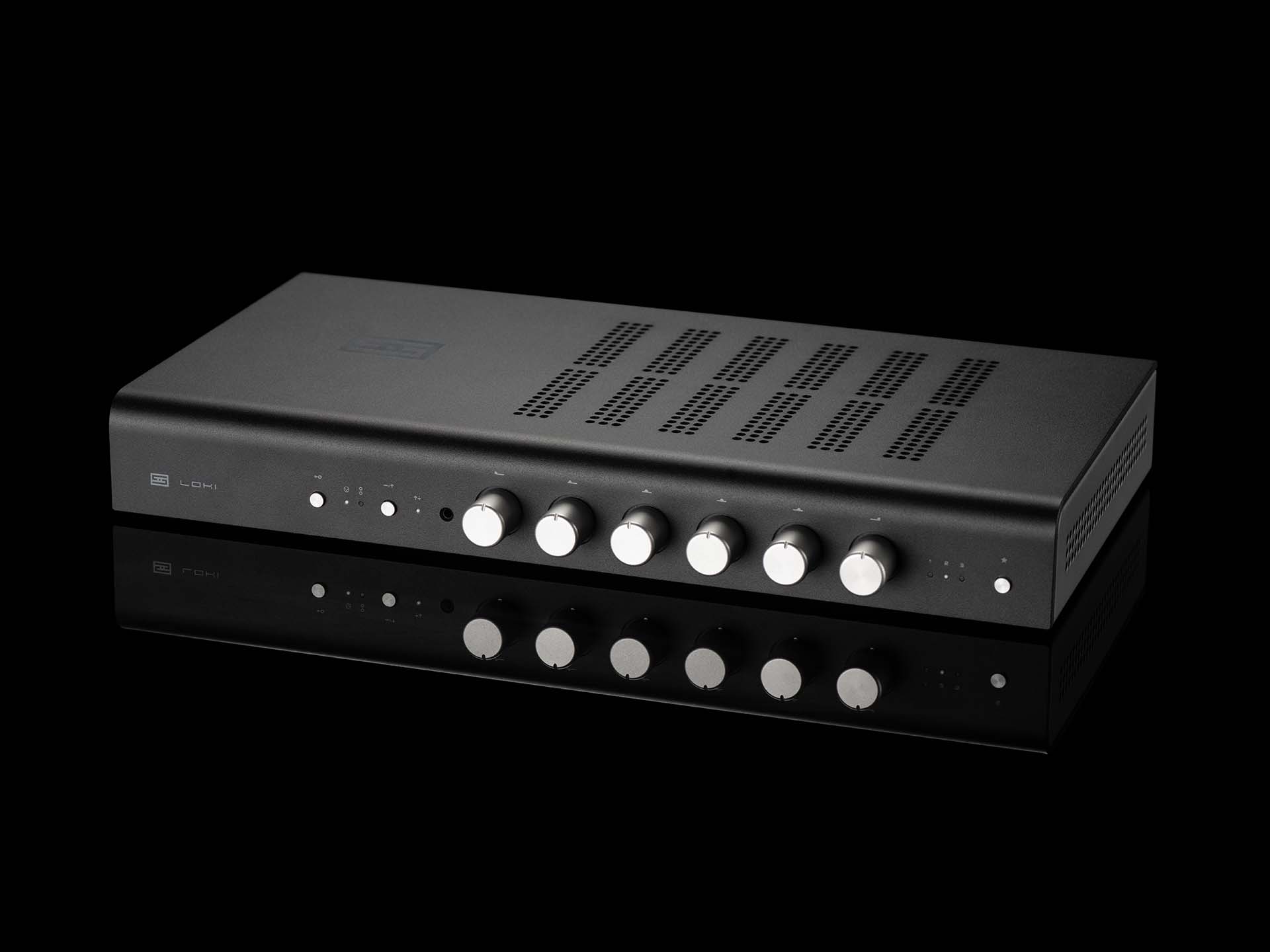
Loki Max
Remote Control, Pure LC, Relay Potentiometer, Fully Discrete Nexus™ EQ
Description
Specs
FAQ
Reviews
Downloads
Yes, remote control. As in, you can adjust the frequency response of your system from your listening chair—and save presets. And this thing is as crazy as you can get—relay potentiometers for precision matching between channels and repeatable settings. All discrete, with no ICs in the signal path, including our own Nexus™ balanced differential topology. And pure LC—inductor-capacitor filtering from the highest to the lowest band, including 4 custom 80% nickel-core inductors as big as 1.5 Henries.
Holy moly! This kinda reminds me of (crazy old 1980s EQ name redacted)!
Yep. Except we have remote control.
"It is a lot of fun, and I recommend it to anyone who wants to take more control over what they hear—no matter how expensive their system."
"You need this, even if you think your system is already neutral or even if it actually is."

